Getting your student visa for Poland can feel overwhelming, but you’re in the right place. This ultimate guide breaks down your poland student visa application checklist 2026 into clear steps, so you’ll know exactly what to do, when to do it, and why each item matters. By the end, you’ll breeze through the process and be ready to start your studies without last-minute stress.
In this guide you’ll find:
- A rundown of visa types and who needs which permit
- A timeline to help you plan key milestones
- A complete list of documents, with tips to avoid common slip-ups
- Advice on booking appointments, tracking your status, and registering once you arrive
- Links to extra resources, including country-specific checklists and deeper articles
If you want a broader look at student permits in Europe, head over to our student permits hub or follow our step by step guide for student permit for a pan-European walkthrough.
Understanding visa requirements
Before anything else, it helps to know why Poland has rules around student visas and who falls under each category. That way, you pick the right path from the start.
Why a visa matters
Your visa is more than a stamp in your passport. It’s formal permission to study, live, and (for non-EU students) work part-time in Poland. Without it, you risk fines, deportation, or being refused entry at the border.
Who needs a visa
- EU/EEA/Swiss citizens: no visa needed. You must register your stay at the local Voivodship office within 90 days of arrival (Educations.com – Poland).
- Non-EU citizens: must apply for a national student visa (type “D”) before entering Poland.
Ever wondered how long you can stay with each permit? The next section breaks it down.
Choosing the right visa
Picking your visa type depends on how long you plan to stay and what you want to do beyond your classes. Here’s a quick overview.
Short-term Schengen visa
- Valid up to 90 days within a 180-day period
- Ideal for language schools or exchange programs under three months
- Does not allow full-time enrollment in degree programs
Long-term national visa
- Also called the “D” visa, it covers stays from 3 months up to 1 year
- Must be obtained before you arrive in Poland
- Allows enrollment in full-degree undergraduate or postgraduate courses
Temporary residence permit
- For stays longer than your visa validity
- Issued for a maximum of 15 months, extendable up to three years (not exceeding study duration) (University of Wrocław)
- Lets you re-enter Poland without a new visa
Planning your application timeline
Timing is your best friend when it comes to visas. Here’s a roadmap to keep you on track.
Timeline summary
- 4 months before start date: begin gathering documents
- 3 months before: book your consulate appointment
- 90 days before: earliest you can submit your application (API Abroad)
- 31 days before: last day to apply to avoid processing delays
- Day of appointment: submit documents, pay fees, provide biometrics
- 15–60 days later: expect your visa decision, usually around 30 days (API Abroad)
Booking your appointment
Slots fill up fast, especially June to September. Here’s what to do:
- Check the Polish consulate’s or VFS Global website in your jurisdiction
- Book as soon as your university acceptance is official
- Keep your appointment confirmation handy for your embassy visit
Gathering required documents
Here comes the heart of your checklist. Use these bullet lists to make sure nothing slips through the cracks.
Identity and academic records
- Valid passport (with at least two blank pages)
- Recent biometric photo (meet embassy specs)
- Original transcripts, mark sheets, diplomas (with official seals and signatures)
- Translations of non-English documents, word-for-word and line-by-line, typed and certified (IERF Required Documentation)
- Proof of name change (if applicable), such as marriage certificate
Proof of acceptance and funds
- Official acceptance letter or enrollment confirmation from your Polish university
- Proof of tuition payment or scholarship award
- Bank statements or sponsor letters showing sufficient funds for living costs
- A curriculum plan or course outline, if required by your program
Health certificate and insurance
- Doctor’s certificate confirming you’re fit to study (International Student Insurance)
- Comprehensive health insurance valid in Poland for the entire stay
- For EU/EFTA students: valid European Health Insurance Card (EHIC)
- For non-EU students: voluntary National Health Fund (NFZ) agreement or private plan
Additional paperwork
- Proof of accommodation (dorm booking, lease agreement, or invitation letter)
- Criminal record check (in some cases)
- Letters of recommendation or statement of purpose (if requested)
- Research proposal or portfolio for postgraduate applicants
Tip: For any document you lose, you can request reissuance from your home country institution—but factor in extra days and fees (API Abroad).
Filling out your application
Got your docs sorted? Now focus on the form itself. Small mistakes can cost weeks.
Form completion tips
- Use black ink and block letters if filling by hand
- Double-check spelling of names, dates, and passport numbers
- Write the program start and end dates exactly as on your acceptance letter
- Sign consistently—the signature must match your passport
Avoiding common mistakes
Pay attention here:
- Missing translations or seals
- Illegible handwriting or incorrect photo size
- Incomplete financial proof
- Incorrect consulate jurisdiction (apply where you permanently reside)
For a deeper look at slip-ups and how to dodge them, check out our common mistakes on student visa applications.
Attending your visa appointment
Your appointment day can be stressful, so let’s make it as smooth as possible.
What to bring
- Printed and signed application form
- All original documents plus one photocopy each
- Passport and previous visas (if any)
- Appointment confirmation
- Visa fee in the correct amount and payment method
Biometric procedure
You’ll provide fingerprints and a digital photo at the consulate. It takes about 10 minutes—so arrive early, but don’t panic if there’s a short wait.
Tracking application status
After you leave the embassy, you’re not quite done. Here’s how to stay in the loop.
Using tracking numbers
- Keep the tracking number from your return envelope
- Check online updates via the courier service or consulate portal
- Note that Poland doesn’t offer expedited processing—so patience is key
When to follow up
If you haven’t heard back after 30 days, contact the consulate directly. Provide your tracking number and ask for a status update.
Registering your residence permit
Once you land in Poland, there are a couple more steps before you’re fully settled.
Voivodship office registration
- EU students: register your stay within 90 days at the local Urząd Wojewódzki to receive a registration certificate (Study in Poland).
- Non-EU students: apply for a Temporary Residence Permit (TRP) before your visa expires. Book your slot at the Urząd Wojewódzki and bring original documents.
Extending your permit
A TRP is valid up to 15 months initially, but you can extend it—usually up to the length of your program, not exceeding three years. Processing can take 8–10 months, so start early (University of Wrocław).
Accessing additional resources
Need more tailored checklists or deeper dives? Explore our country-specific guides and general resources:
- Student visa application checklist
- Austria student visa application checklist 2026
- Belgium student visa application checklist 2026
- Bulgaria student visa application checklist 2026
- Croatia student visa application checklist 2026
- Cyprus student visa application checklist 2026
- Czech Republic student visa application checklist 2026
- Denmark student visa application checklist 2026
- Estonia student visa application checklist 2026
- Finland student visa application checklist 2026
- France student visa application checklist 2026
- Germany student visa application checklist 2026
- Greece student visa application checklist 2026
- Hungary student visa application checklist 2026
- Ireland student visa application checklist 2026
- Italy student visa application checklist 2026
- Latvia student visa application checklist 2026
- Lithuania student visa application checklist 2026
- Luxembourg student visa application checklist 2026
- Malta student visa application checklist 2026
- Netherlands student visa application checklist 2026
- Portugal student visa application checklist 2026
- Romania student visa application checklist 2026
- Slovakia student visa application checklist 2026
- Slovenia student visa application checklist 2026
- Spain student visa application checklist 2026
- Sweden student visa application checklist 2026
With all your paperwork in order, you can look forward to an exciting chapter studying in Poland. Good luck, and don’t forget to share your tips or questions below—your experience could help the next student sail through their application.

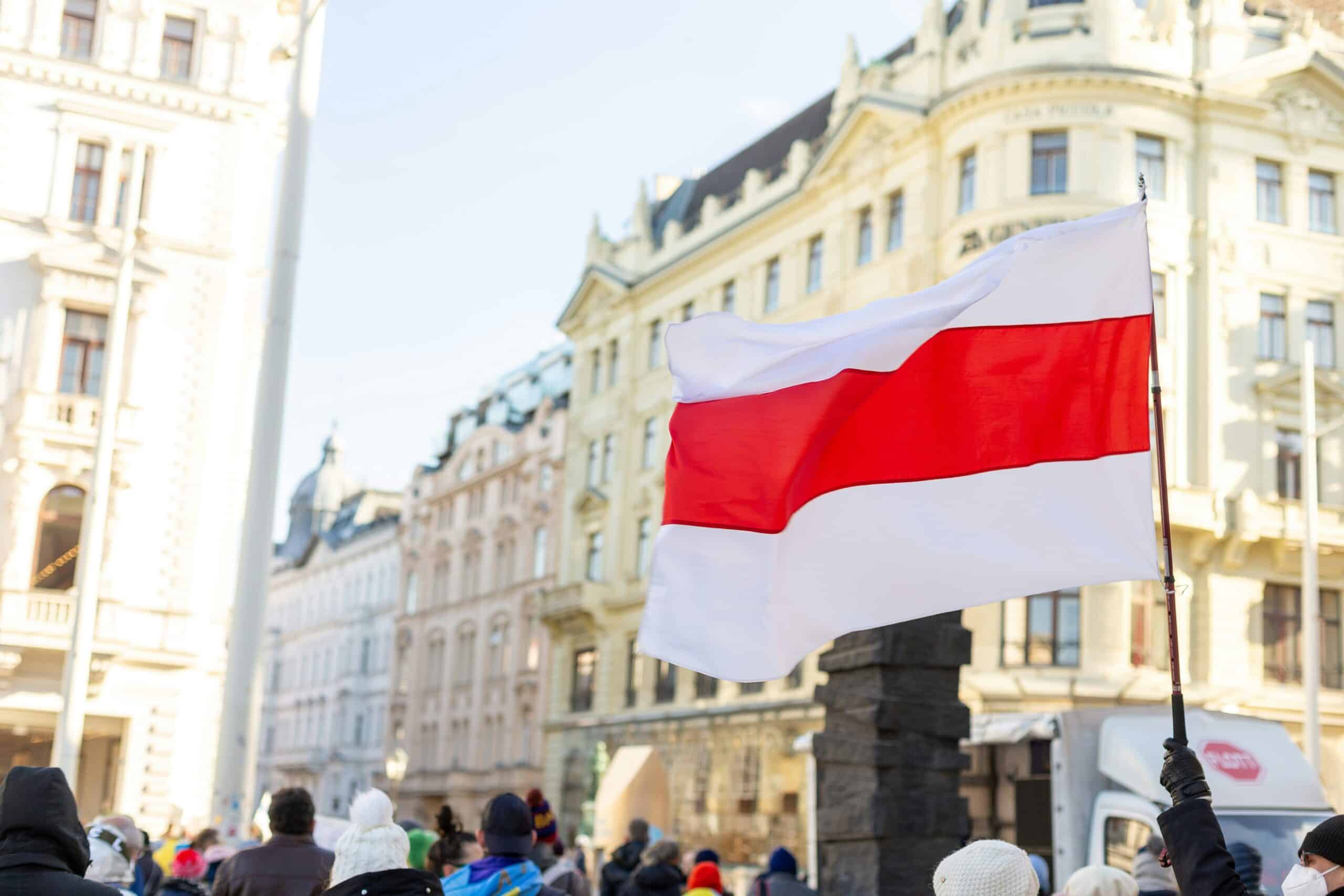


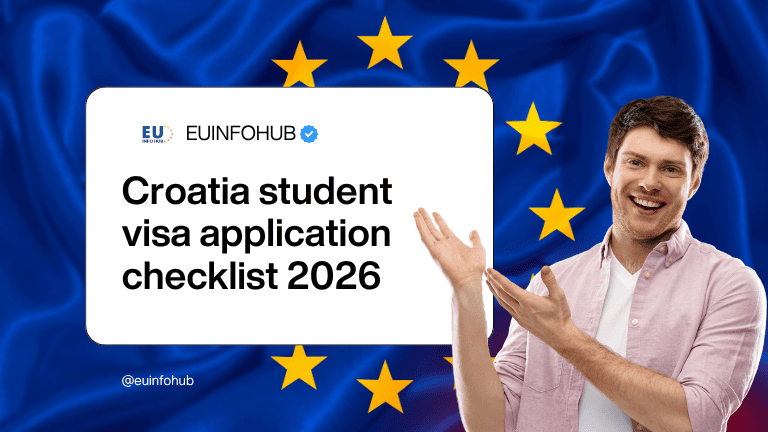
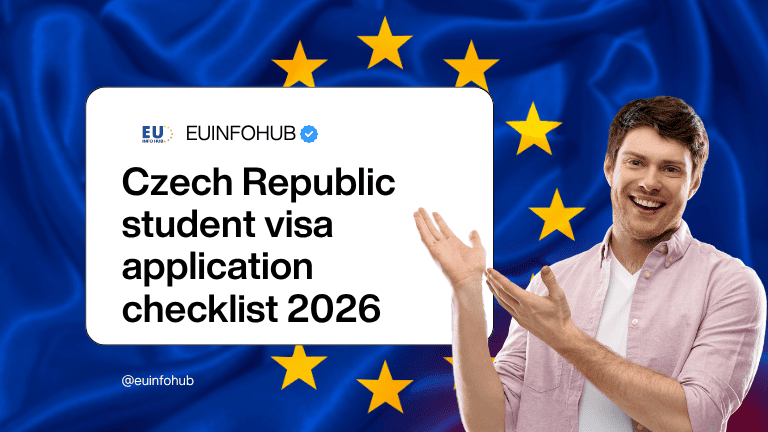
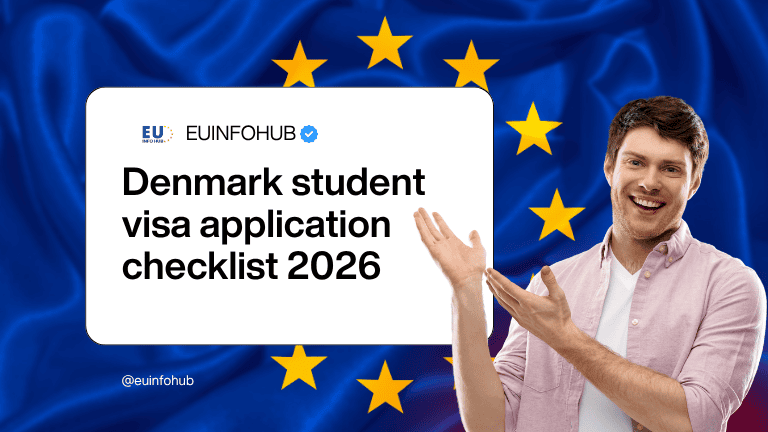
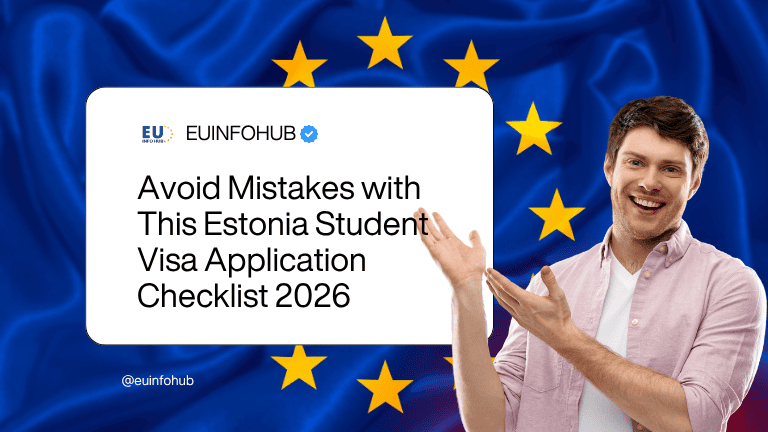



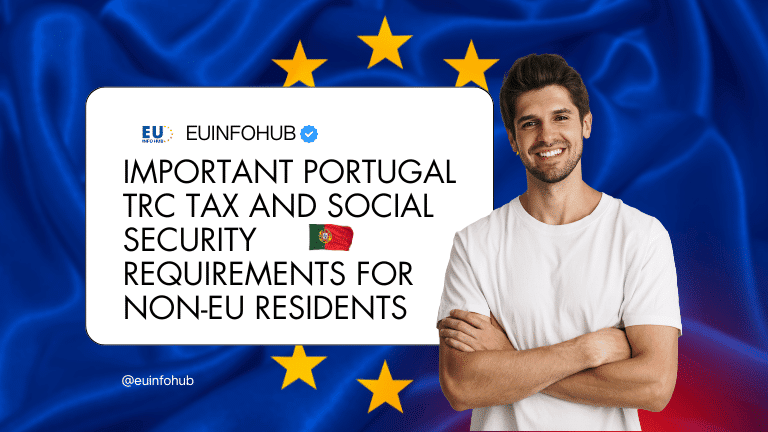

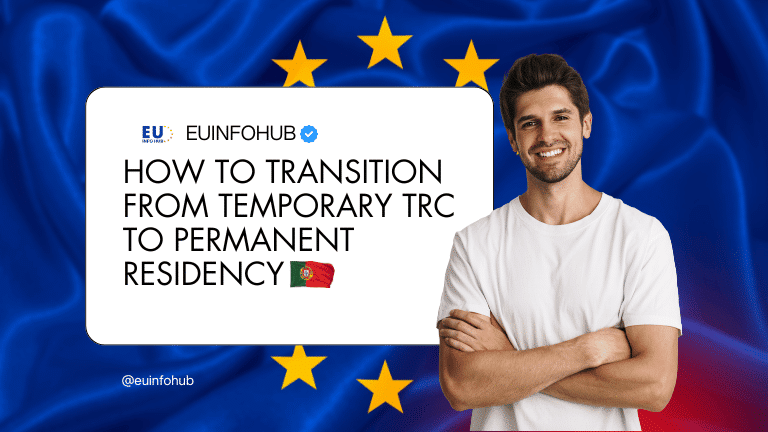
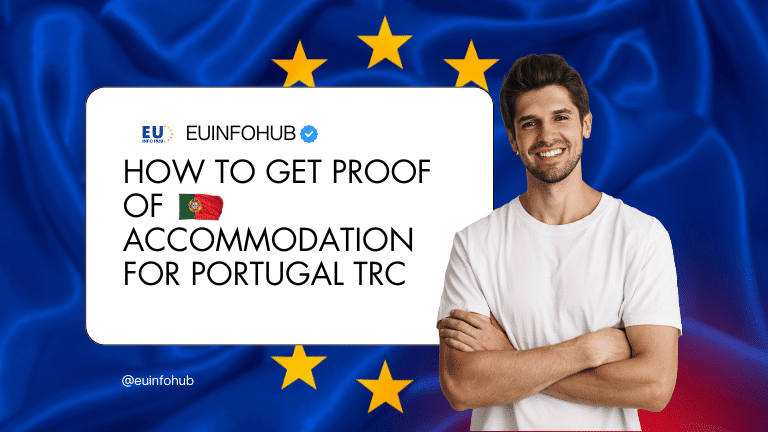

1 thought on “Your Essential Poland Student Visa Application Checklist 2026”